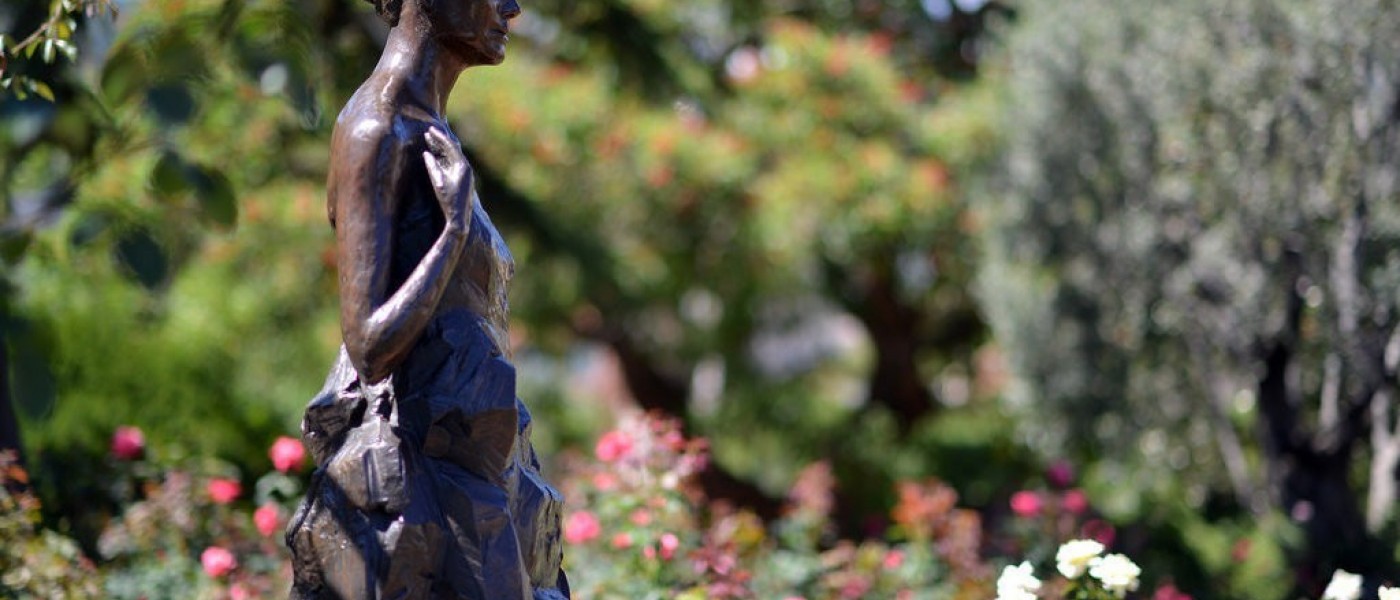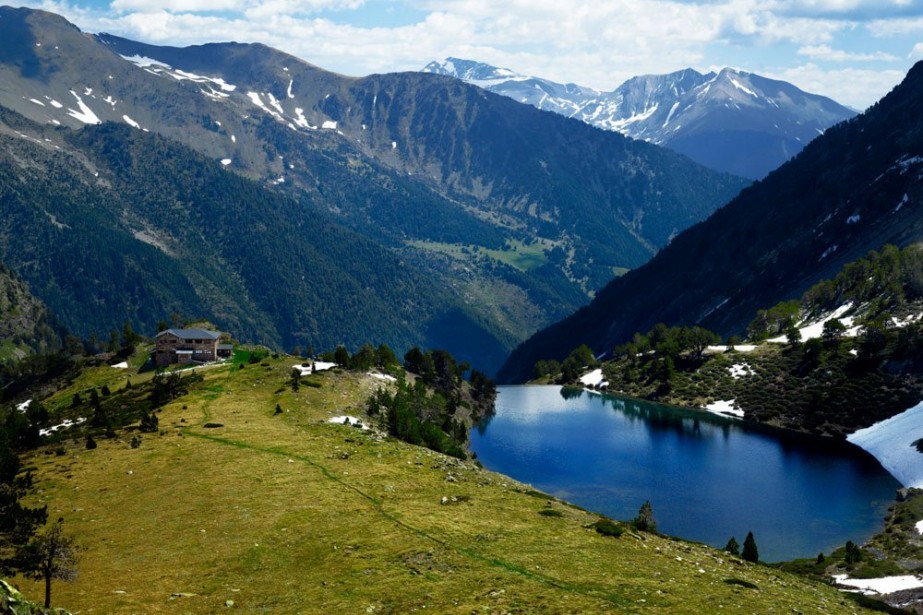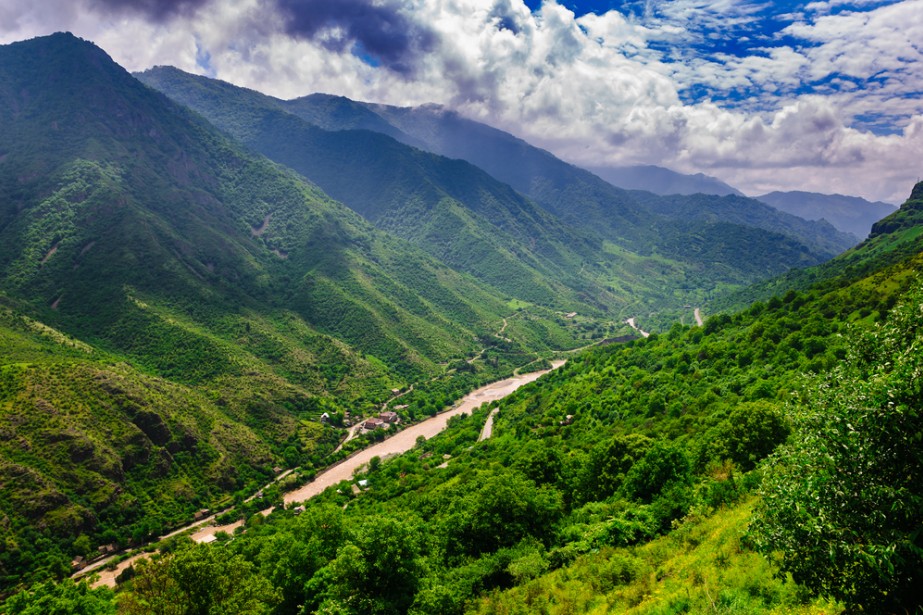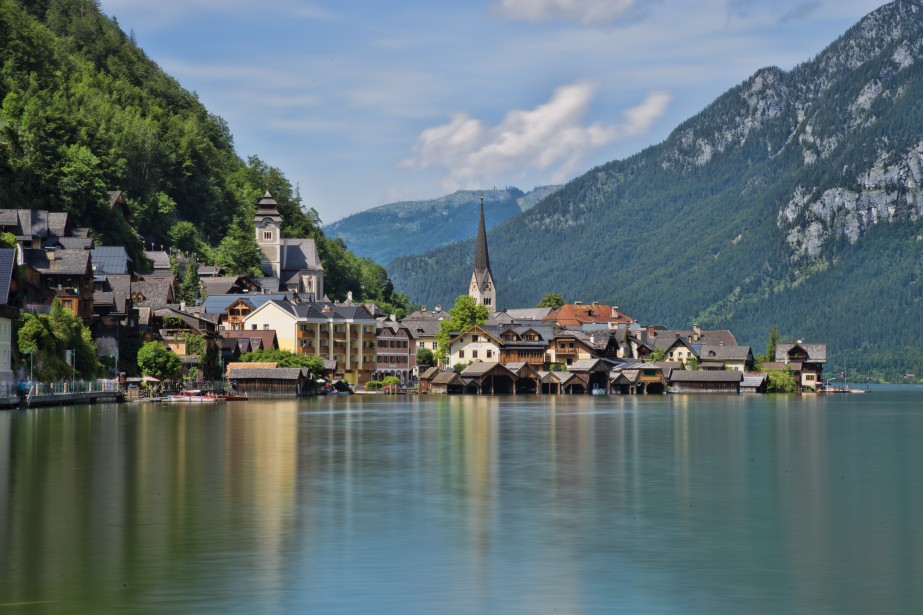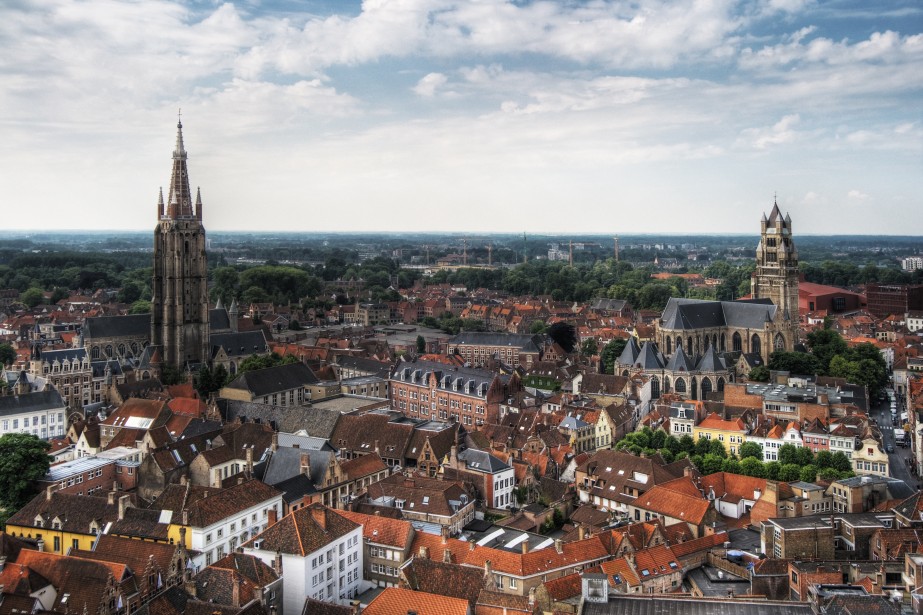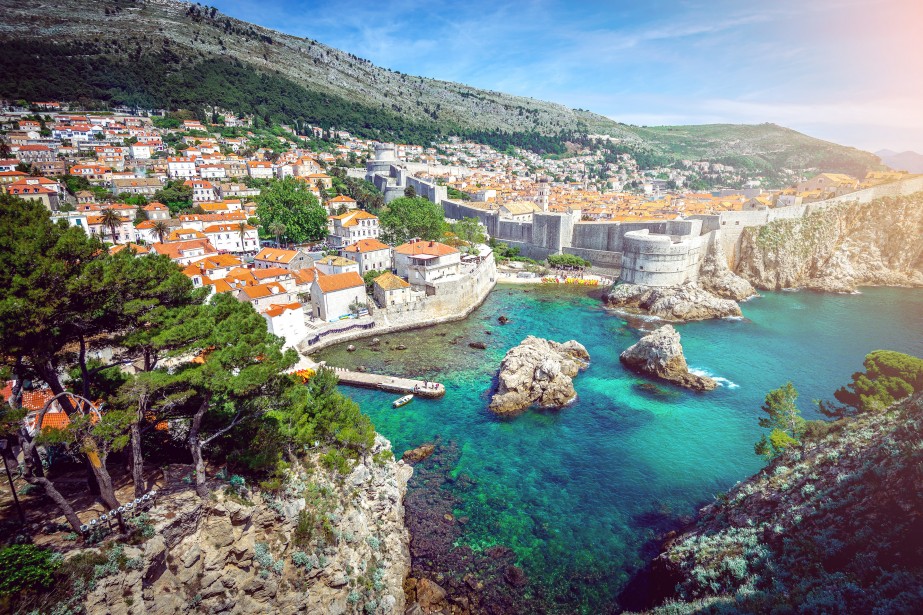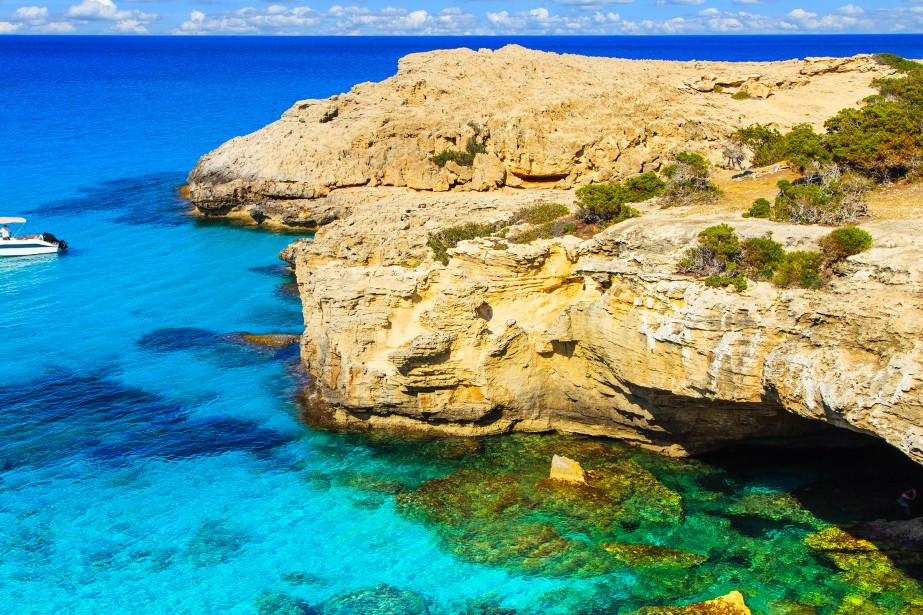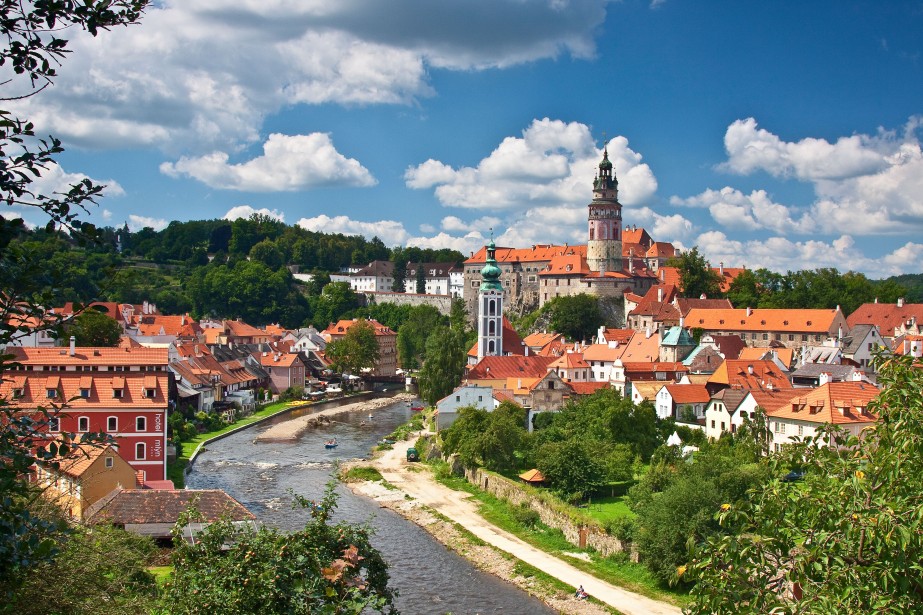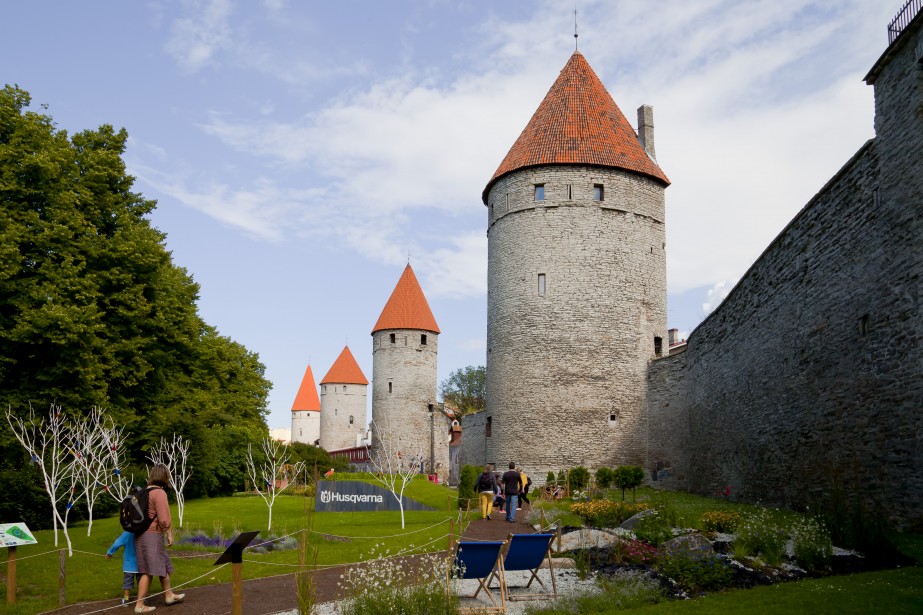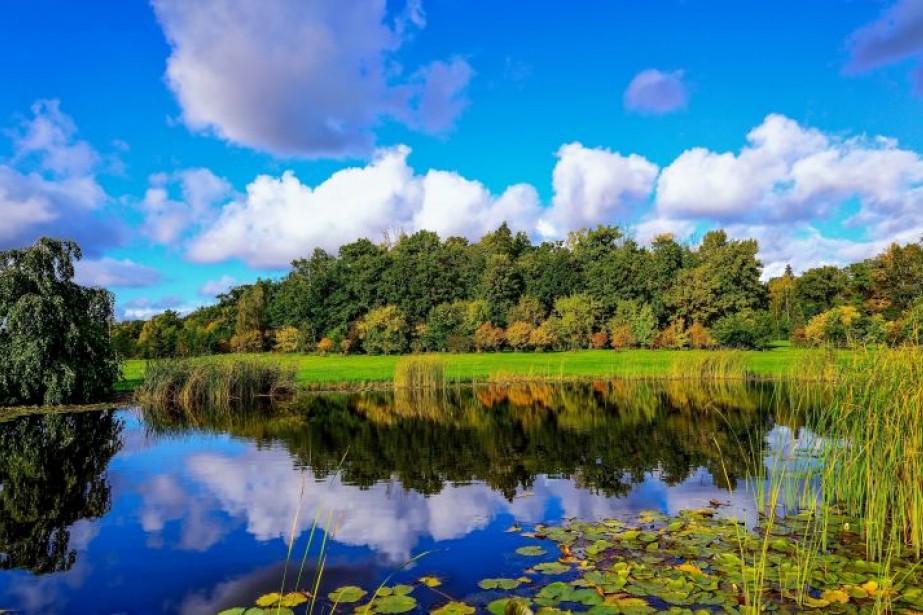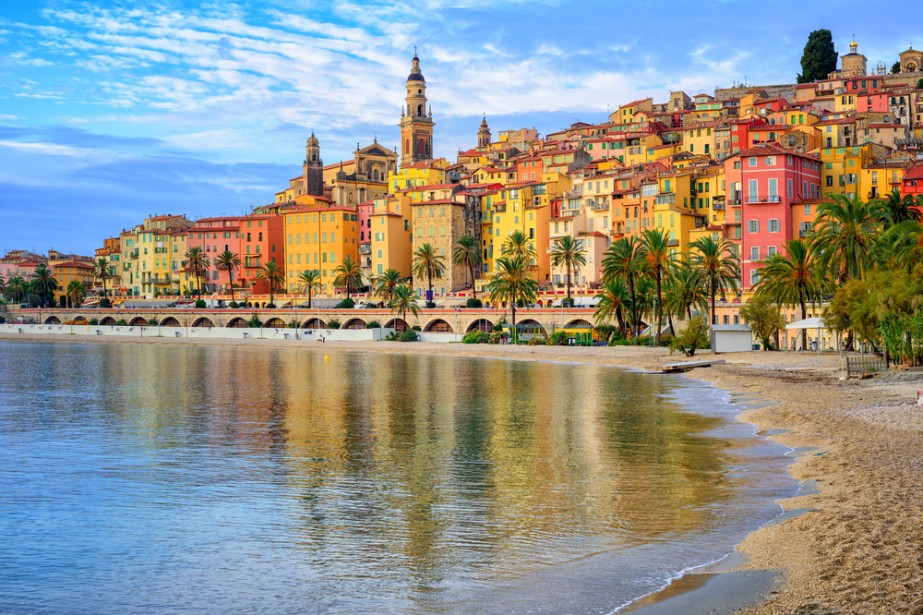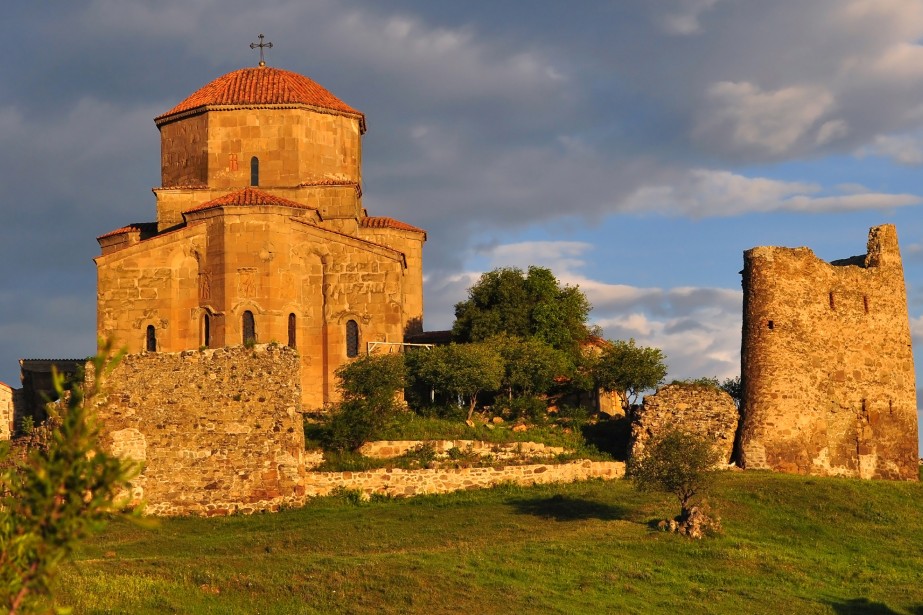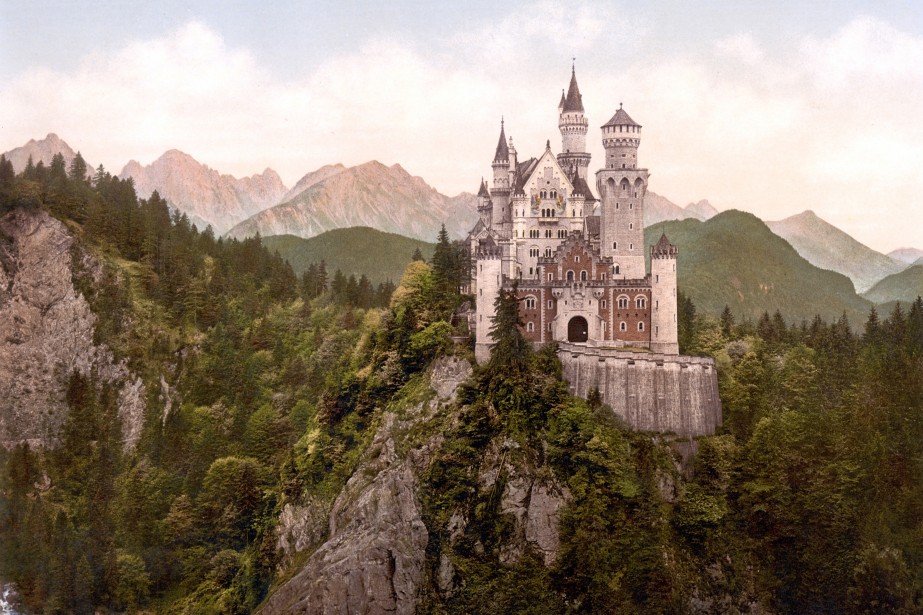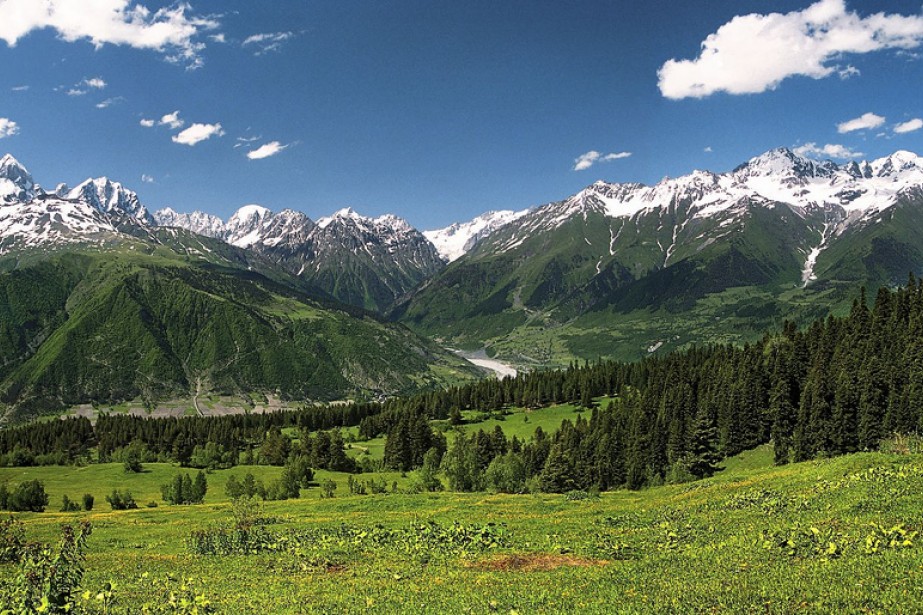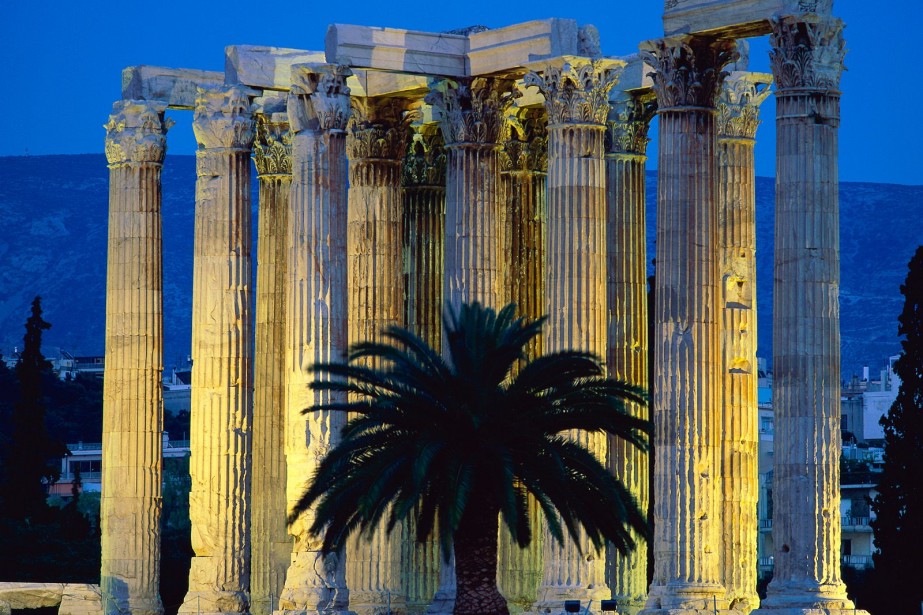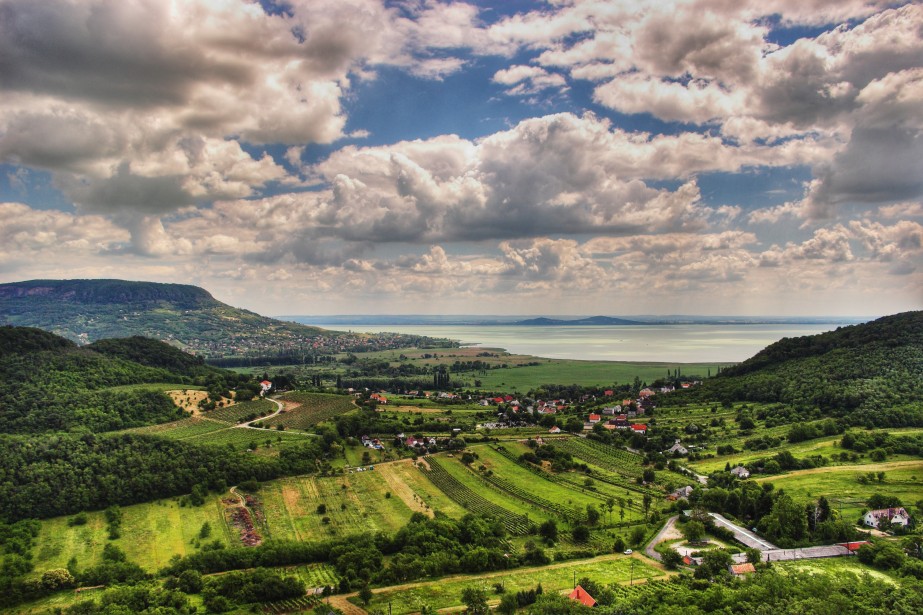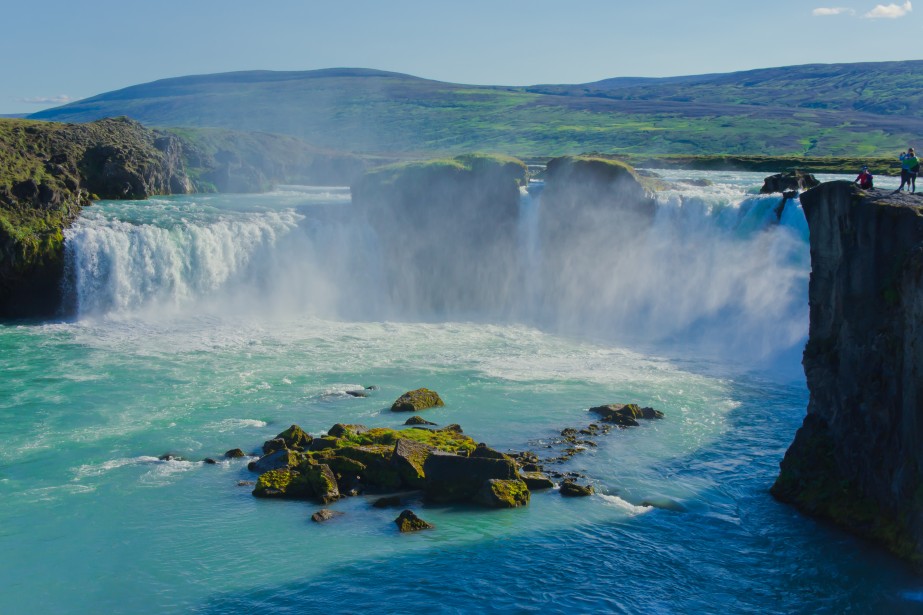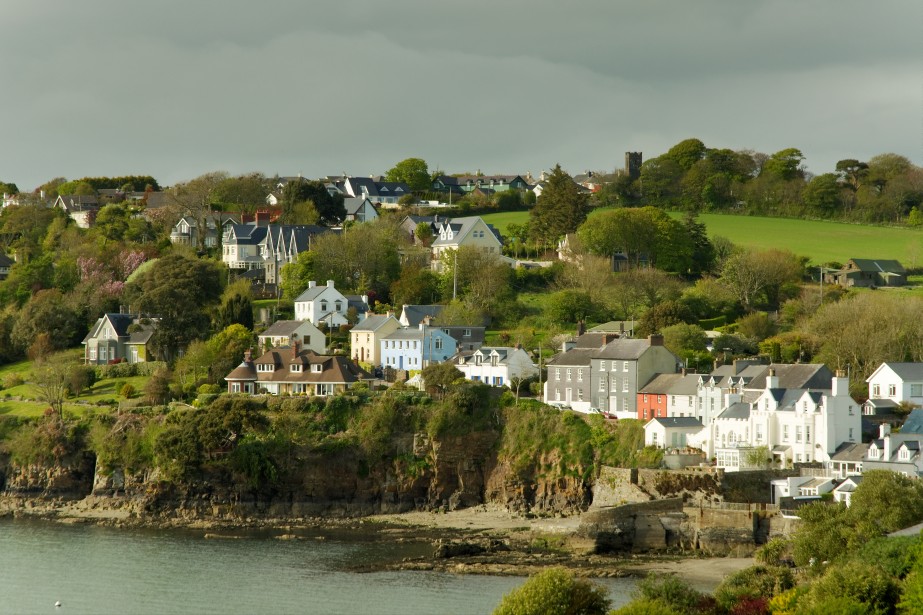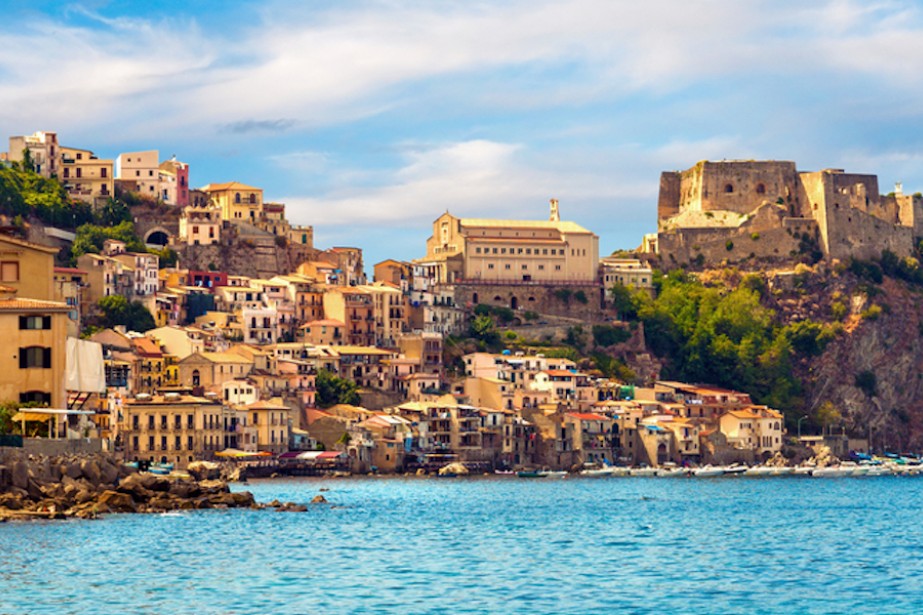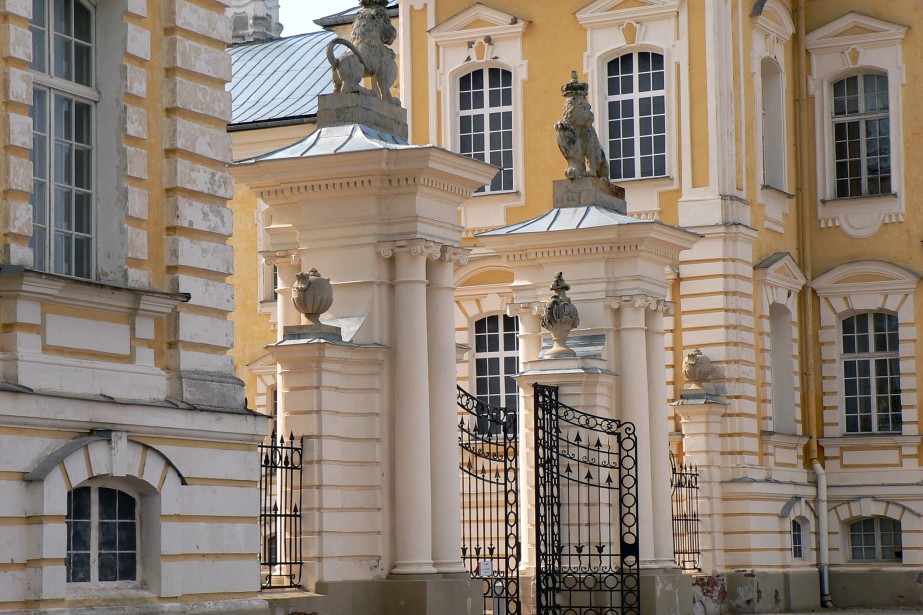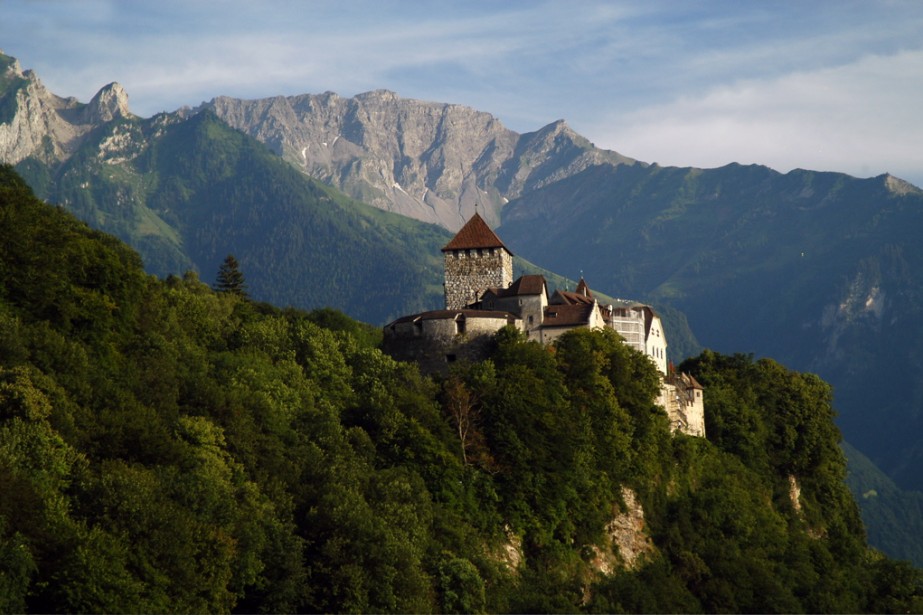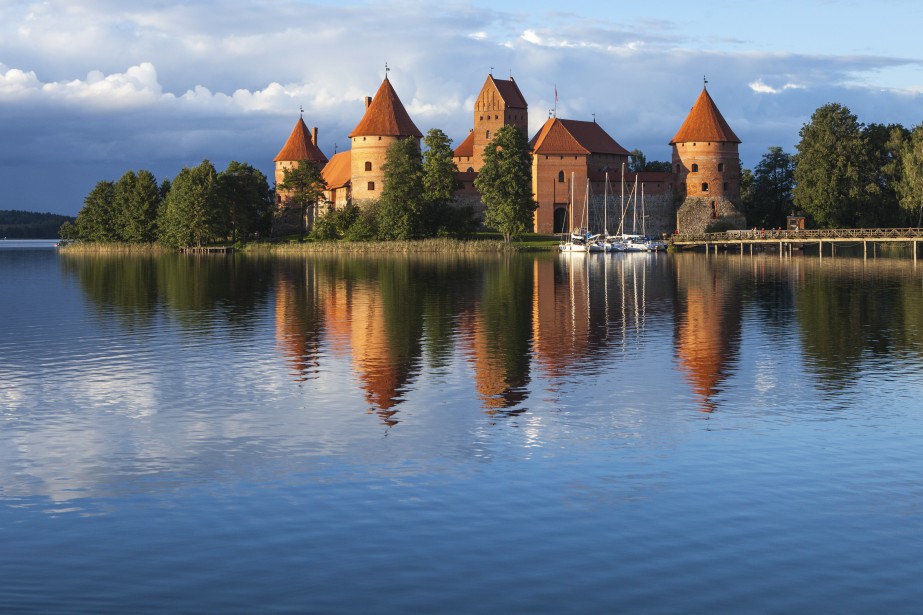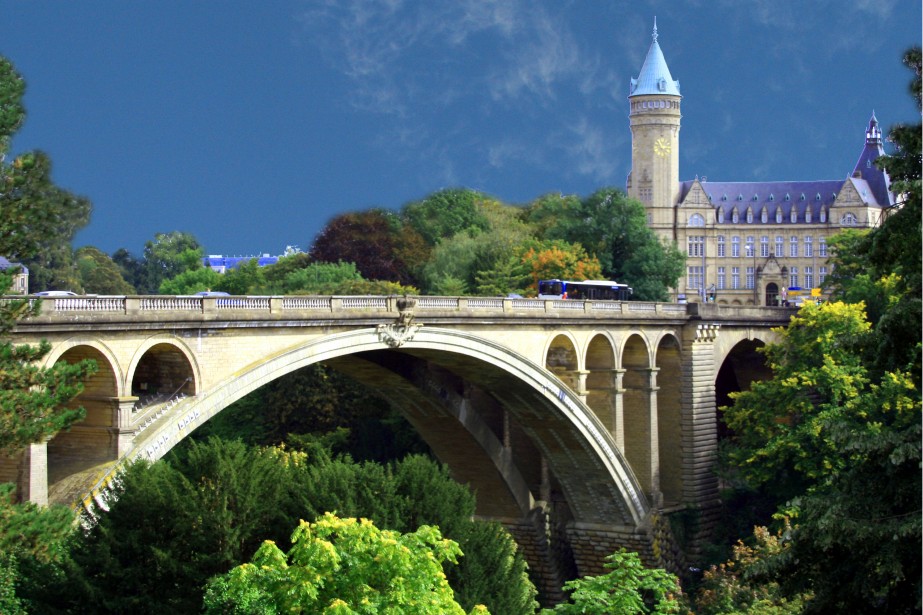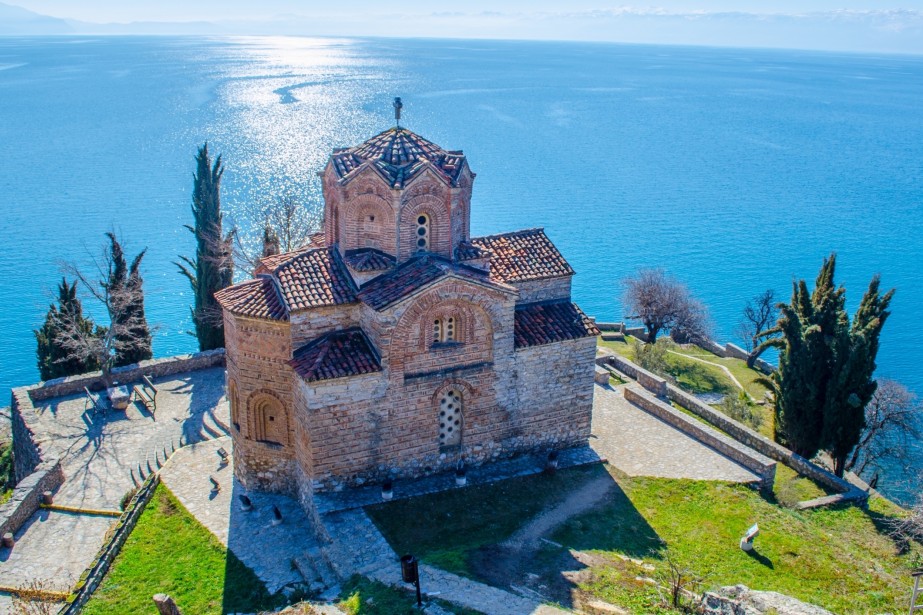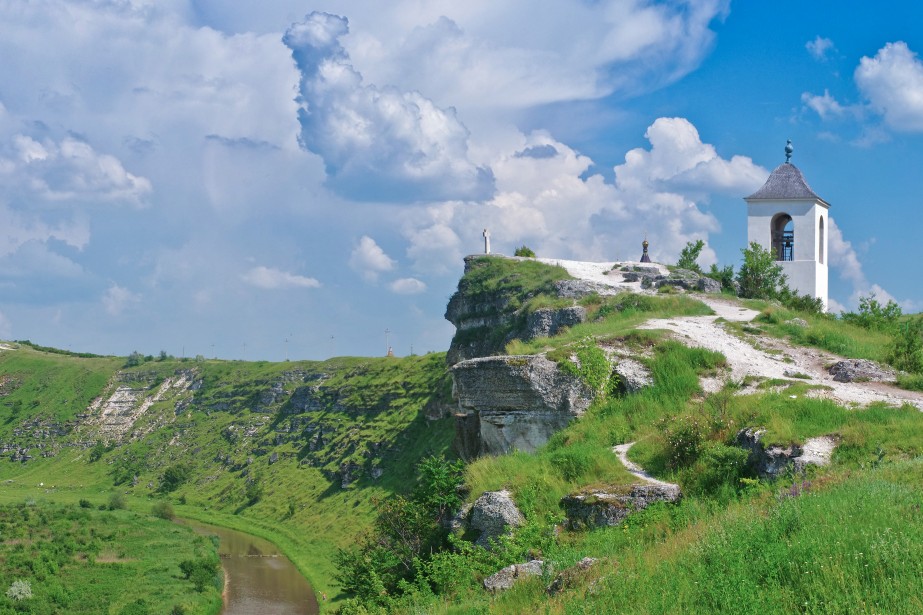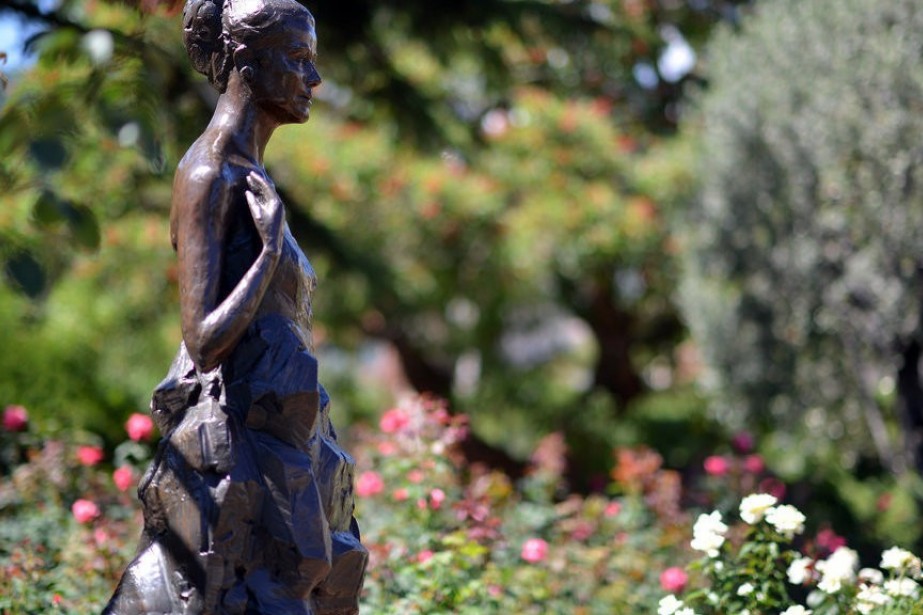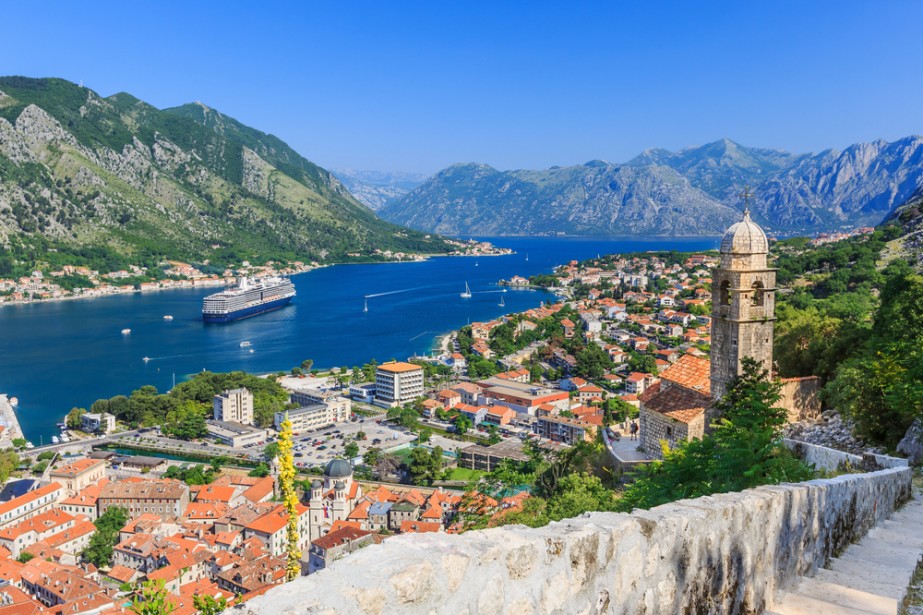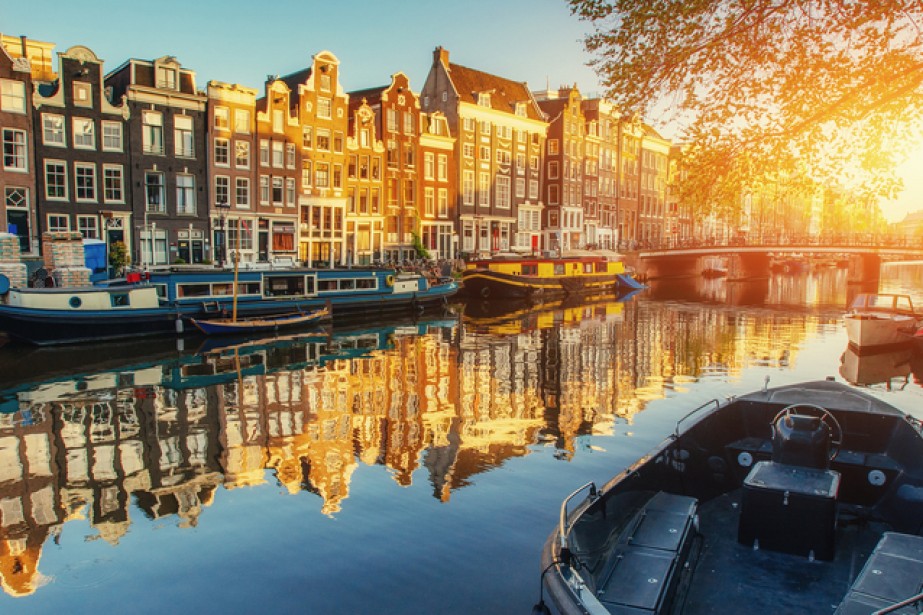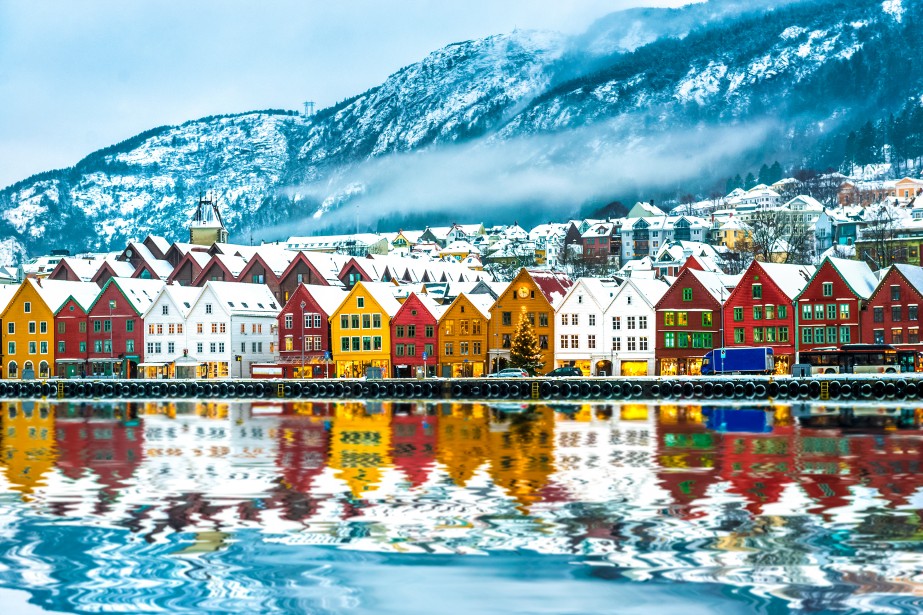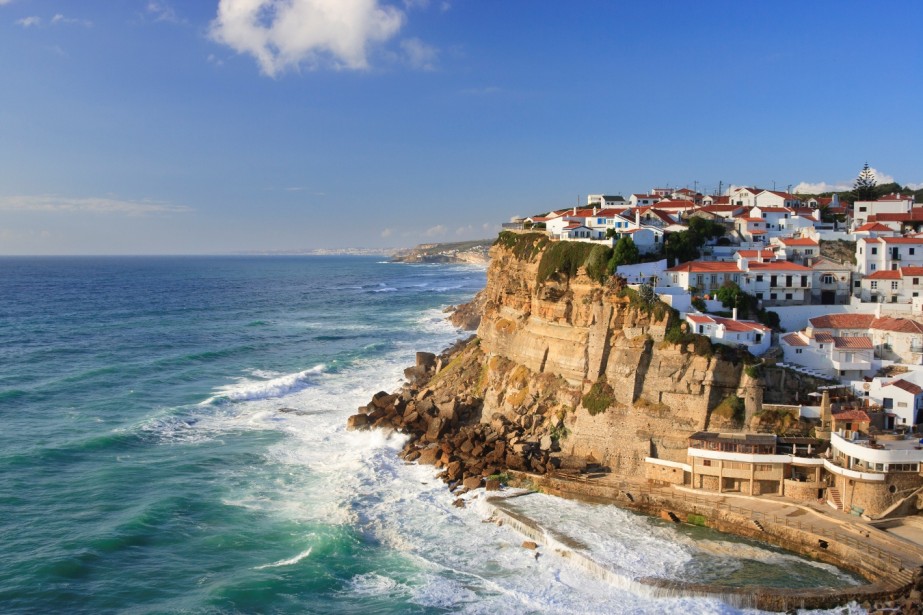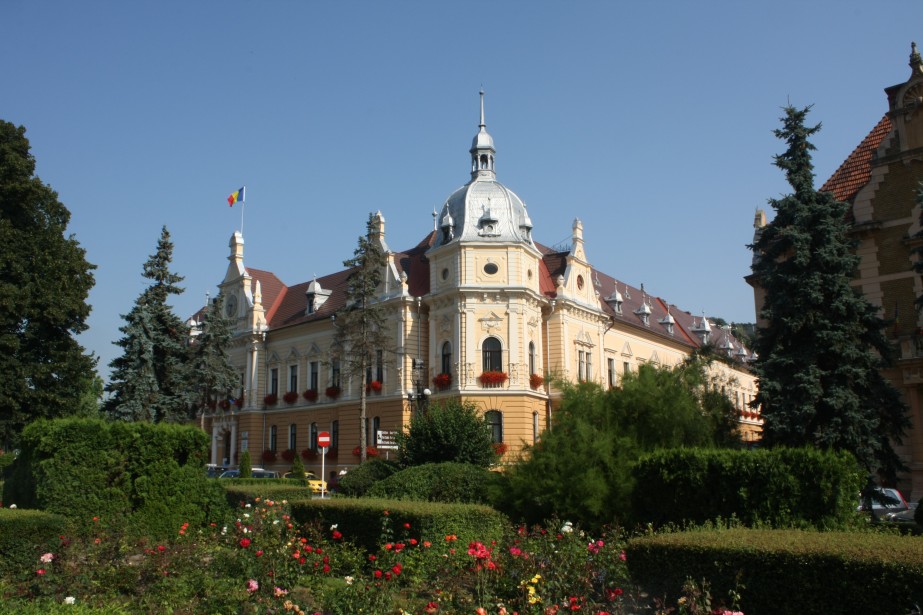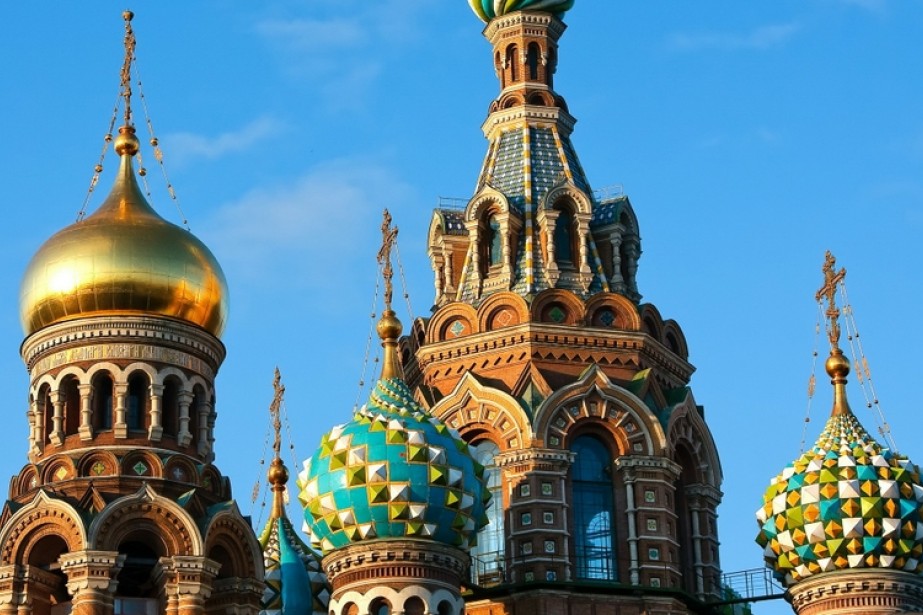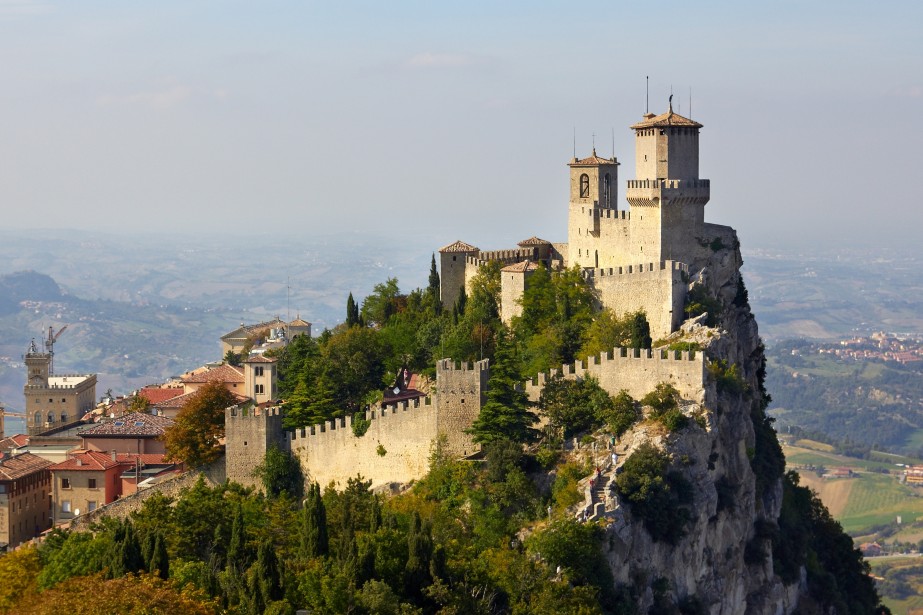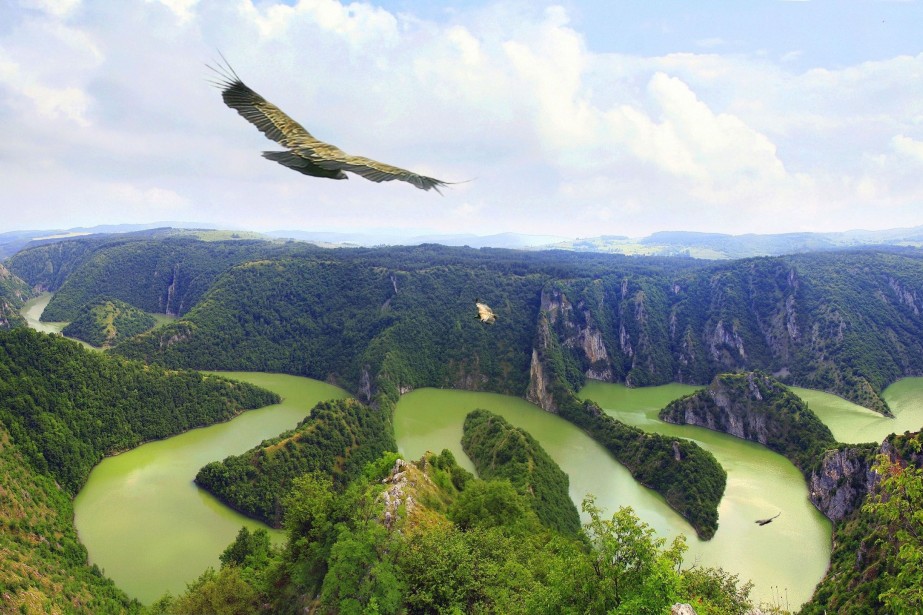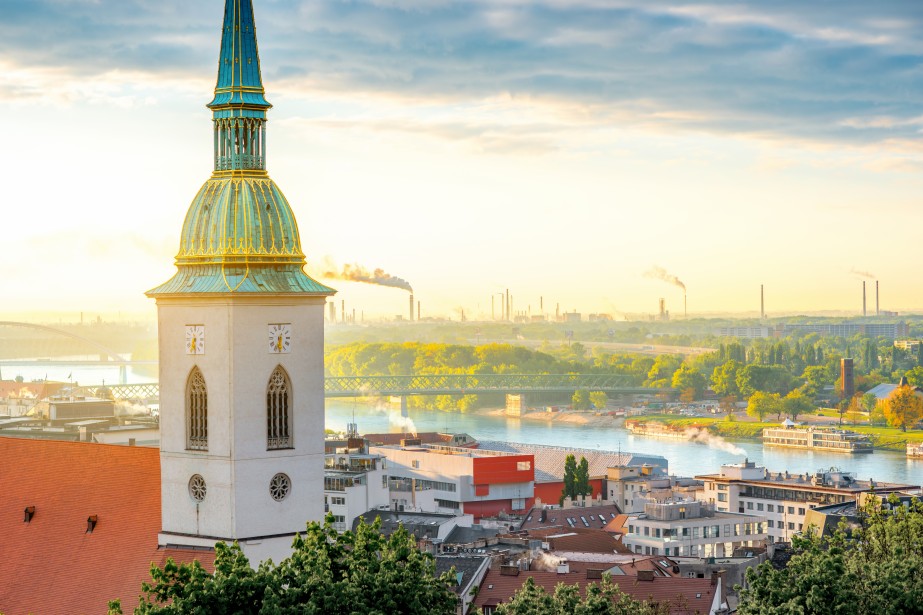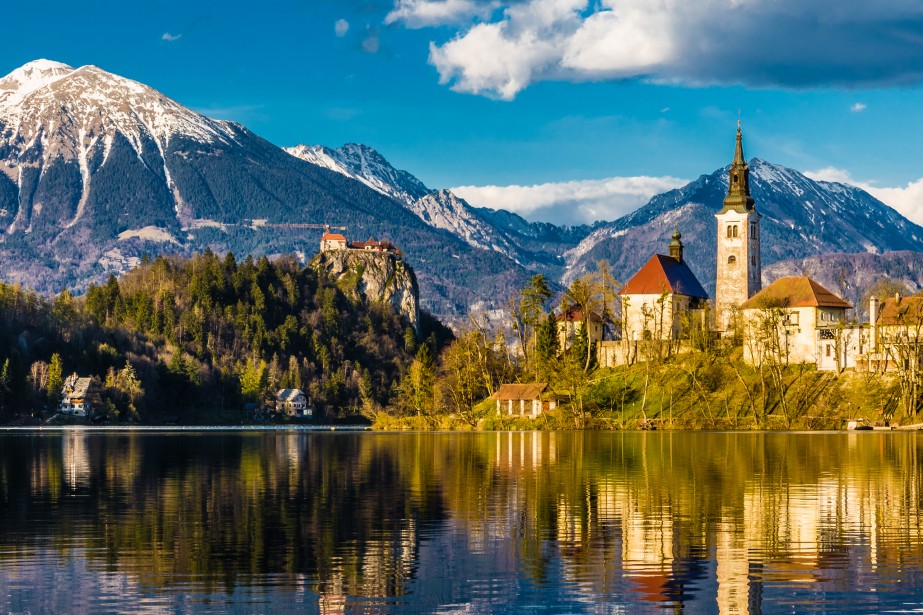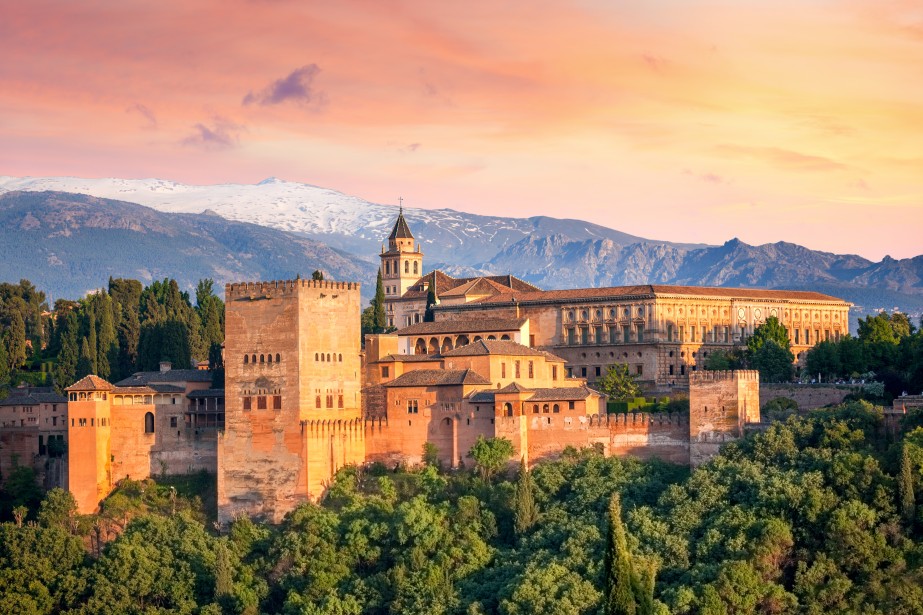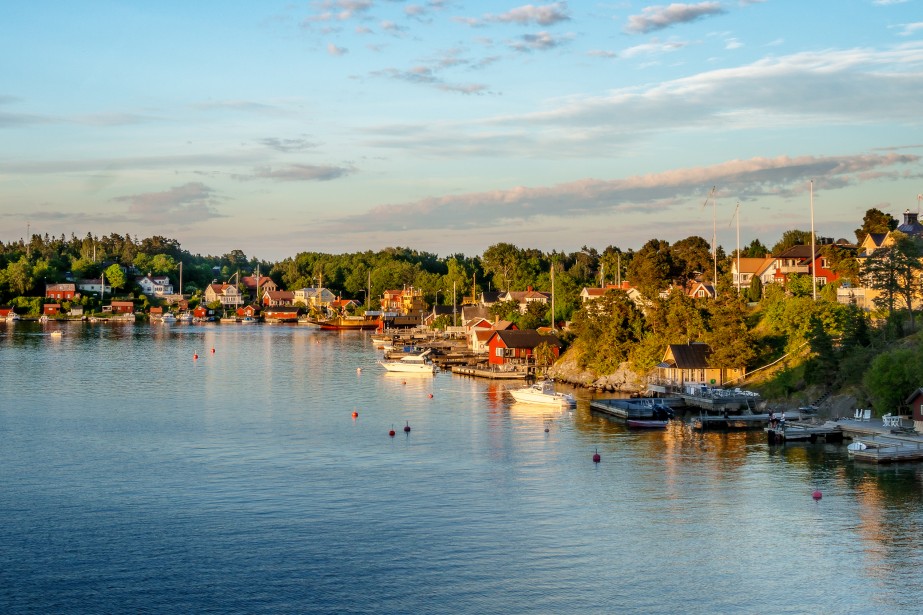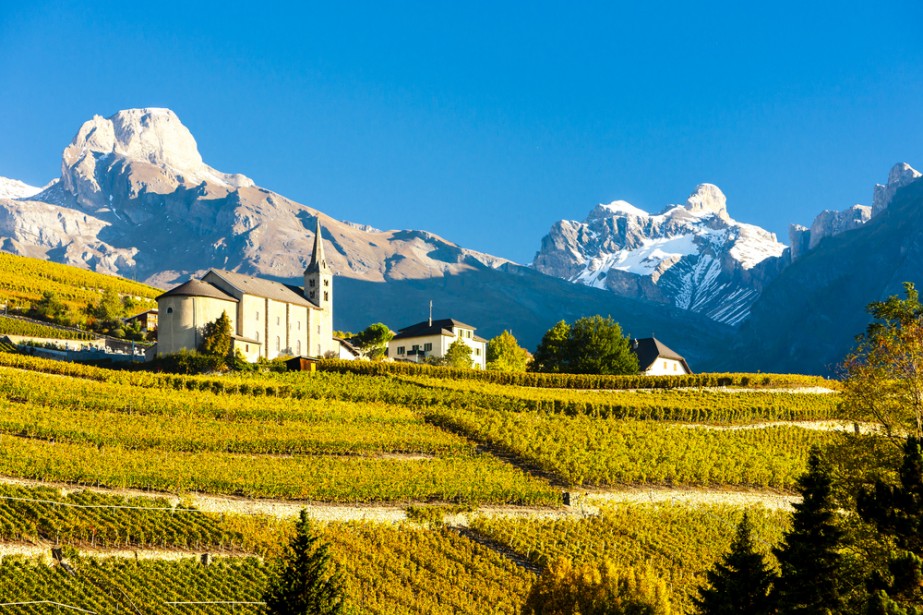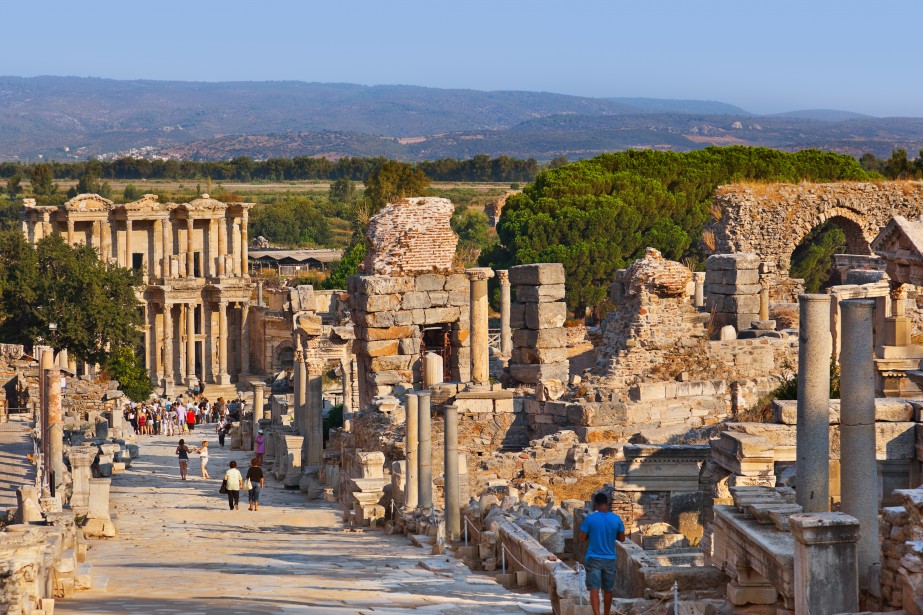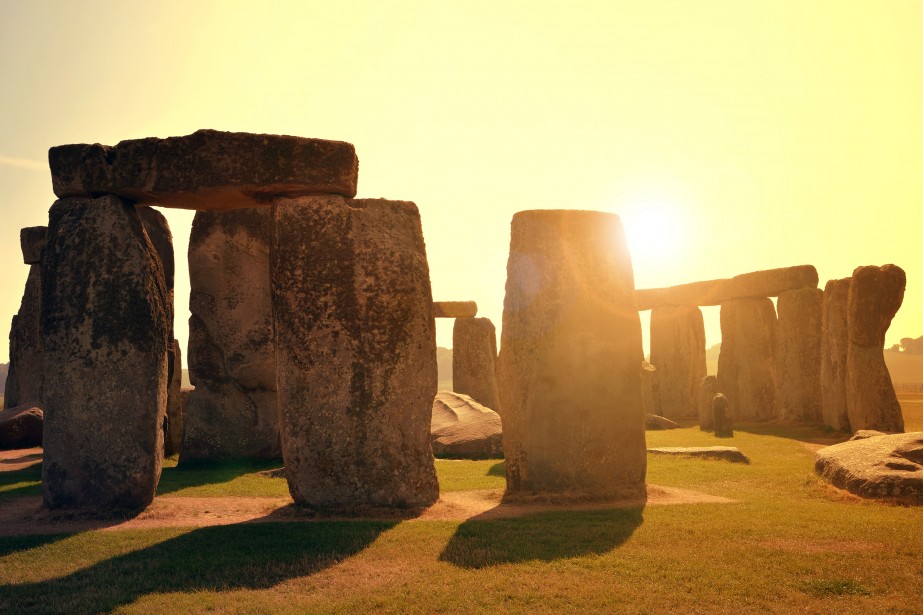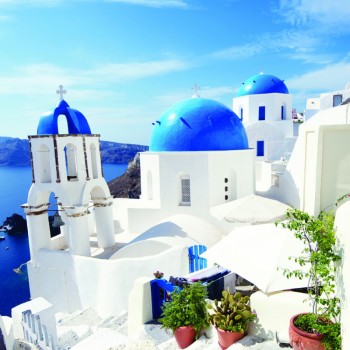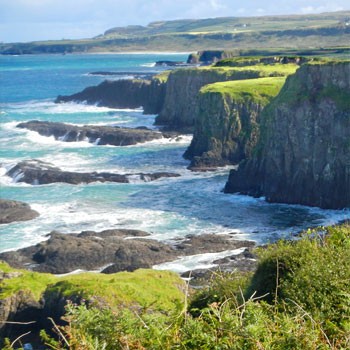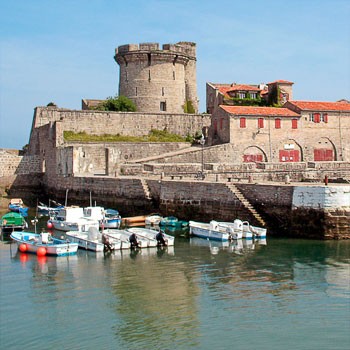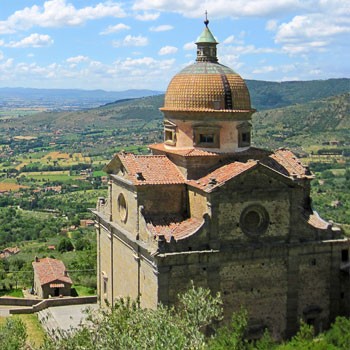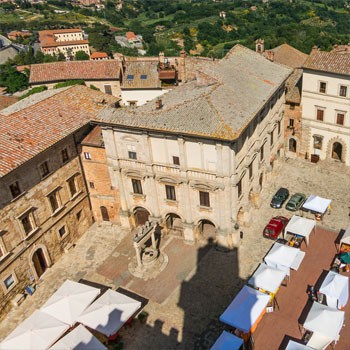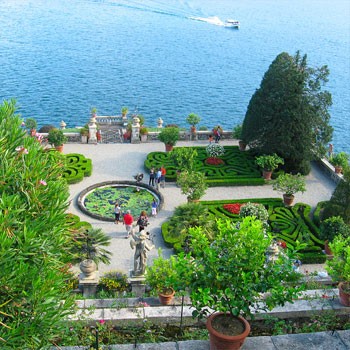Submitted by Claire Autruong on December 12, 2015
Overview
The principality of Monaco rises like a red-roofed fantasy-land above the deep blue of the Mediterranean and the sparkling French Riviera. A dazzling playground for the wealthy full of yachts, extravagant hotels, fast cars and the well-heeled crowd, Monaco also offers plenty of distraction for the average traveler looking for a European adventure.
Originally founded in 1215 as a colony of the city-state of Genoa, Monaco has experienced its share of turmoil, occupation and rule by other European states throughout its history. The tiny principality, only 0.78 square miles, came to dominate the American imagination in the 20th century with the fairytale marriage of actress Grace Kelley to Prince Rainier III. The principality is classified as a sovereign city-state and is governed by a constitutional monarchy, and has been ruled by the House of Grimaldi almost uninterrupted since 1297.
Defending the wealthy principality falls to its neighbor, France, which protects Monaco despite its nominal independence. The principality was recognized as a sovereign state in 1861 and gained full voting rights in the United Nations in 1993, but much of its culture and infrastructure it owes to neighbors France and Italy. Monaco’s mild climate, gorgeous views, decadent casinos, growth as an international banking center and annual Formula 1 Grand Prix have established the city-state as a premier tourist destination for high rollers.
For the traveler who isn’t a movie star or a racecar driver, Monaco still offers plenty of possibilities. To begin with, many of the best attractions in the principality are free, including beaches, gardens and general sightseeing. Other attractions are surprisingly inexpensive, including the State Rooms at the Prince’s Palace and tickets to the Monte Carlo ballet, which are kept deliberately affordable in an effort to open Monaco’s cultural institutions to more than the elite. Transportation is also extremely affordable, as walking the length of the entire city-state takes at most 45 minutes, and buses are plentiful and economical. Most of the expense in a trip to Monaco will come from accommodations—there are no budget hotels or hostels in the principality, although several are quite reasonable compared to other options, such as the Hotel de Versailles and the Hotel de France.
When to Travel – Weather
Monaco’s Mediterranean location ensures year-round great weather, including 300 days of sunshine. Summer is the best time to travel there, when the temperature is in the 80s, but travelers should be aware that those are also peak months for all tourists. Spring sees pleasant temperatures in the 50s and 60s, and in the fall temperatures are usually in the 60s and 70s.
Peak season is generally mid-July to September, and then late December to early January. Popular times of year include summer months for the weather, Christmas and New Year’s holidays for social events, and the week of the annual Formula 1 Grand Prix in May.
Food and Drink
As expected, Monaco’s cuisine sports Mediterranean from France and Italy, as well as incorporating olive oil, olives, garlic and fresh vegetables. Its seaside location means that many dishes will include seafood, including fresh cod, anchovy and a dozen other varieties. Monaco’s cosmopolitan culture ensures that almost all of the restaurants will have access to excellent ingredients and that travelers will be able to enjoy a variety of cuisines.
Two popular national dishes include barbagiuan and stocafi. Barbagiuan consists of swiss chard, spinach, ricotta, parmesan cheese, onions and leeks inside a flaky pastry dough and is often enjoyed as an appetizer. Stocafi is a dish of stewed dried cod in tomato sauce and black olives, often garnished with more fresh vegetables. Travelers are also likely to find fougasse, a popular dessert made with orange flower water and studded with almonds, in many restaurants.
For drinking, Monaco again shows its regional culture, with French and Italian wines dominating the wine menus. The principality also demonstrates its international character, as many fine wines and champagnes from all over the world will be available in its restaurants and hotel bars. Generally, French wine and champagne is the most popular alcoholic beverage in town.
Popular Vacation Spots
Japanese Gardens – While not an expansive attraction due to space being at a premium in tiny Monaco, the Japanese Garden is still a botanical wonderland of carefully arranged trees, plants and sculptures designed in a compact zen garden, along with roofed bridges and koi ponds. Free to the public, the gardens are easy to access via hop-on, hop-off bus routes and also via walking. For the tourist looking for a break from the glitz and bustle of urban Monte Carlo, the Japanese Gardens represents an oasis in the midst of the city.
Fontvieille Park and Princess Grace Rose Garden – The two municipal parks that make up Fontvieille Park and the Princess Grace Rose Garden are a combined nearly 10 acres in size and free to the public from dawn until dusk daily. Fontvieille Park is most noted for its sculpture trail, including notable pieces such as the horses of the Cavalleria Eroica by Arman. The Princess Grace Rose Garden features more than 4,000 roses dedicated to the memory of Grace Kelly, American actress and wife of Prince Rainier the III, who perished in a car crash in Monaco in 1982.
Casino de Monte Carlo – The crown jewel of Monte Carlo, the district of Monaco where most of the urban area lies, the iconic casino was one of the city’s main attractions during a former age where gambling made up nearly 95 percent of the principality’s revenues. Today, it stands as a grand symbol of Monaco’s modern-day wealth and history. Visitors can marvel at the beautifully symmetrical exterior and also go inside for a small fee, which also grants access to some of the first level gaming areas. For fans of James Bond, the Casino of Monte Carlo was the inspiration for elements of Casino Royale and also a film location for several 007 movies.
State Apartments at the Prince’s Palace – Travelers can visit the opulent State Apartments at the Prince’s Palace for an entrance fee (approximately 8 euros, though combined passes for the State Apartments and the Oceanography Museum will be more). The grand apartments feature a 17th century double staircase made entirely of pricey and rare Carrara marble, a Louis XV chaise lounge in yellow and gold, 15th century frescoes, an impressive throne room and a Palatine Chapel from the 17th century. Visitors with an appreciation of history will marvel at the different eras of Monaco and all the historical turbulence the ruling Grimaldi family has weathered.
Oceanographic Museum – The Museum is located in Monaco-Ville, Monaco, outside the more urban area of Monte Carlo. Part of the Oceanographic Institute and home to the Mediterranean Science Commission, the museum is well worth a visit for the exterior and location alone. An impressive Baroque Revival façade rises more than 275 feet over a sheer cliff that towers above the sea. The 100,000 tons of white stone came from nearby La Turbie, with the Museum coming together over the course of 11 years. The collection includes seafaring items such as model ships, tools and weapons, as well as live and skeletal sea animals like seahorses, turtles, sharks, eels, lobsters, jellyfish and more. The museum also features the work of Prince Albert I, whose research yachts and seaborne laboratories led to advances in medicine.
Practical Information
Monaco is one of the countries using the euro as its sole currency. Like all countries in the Euro-zone who utilize the euro as currency, Monaco issues its own coins with one unique side. The Monaco euro coins feature the coat of arms of Monaco, and the monogram and effigy of Prince Albert II.
No visas are required for stays of up to three months for U.S. citizens. Citizens of other Euro-zone countries may come and go with a European passport. U.S. citizens will need to ensure that their passports are valid for at least three months beyond the duration of their stay in Monaco.
Monaco has both an official language and a national language. French is the only official language and primary language of daily life. The Monégasque dialect, descended from modern LIgurian from Genoa, is the national language. This duality reflects Monaco’s history and roots. Beyond these two languages, English and Italian are widely understood and can be heard everywhere as well.
Monaco Travel with Trusted Adventures
> Find Activities in Europe

